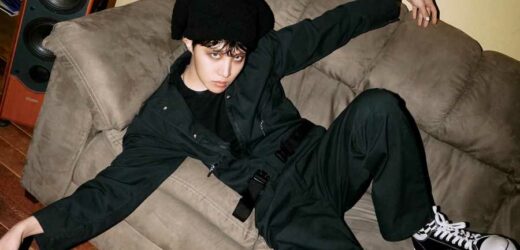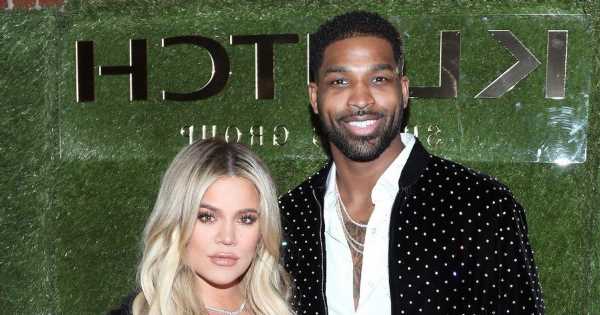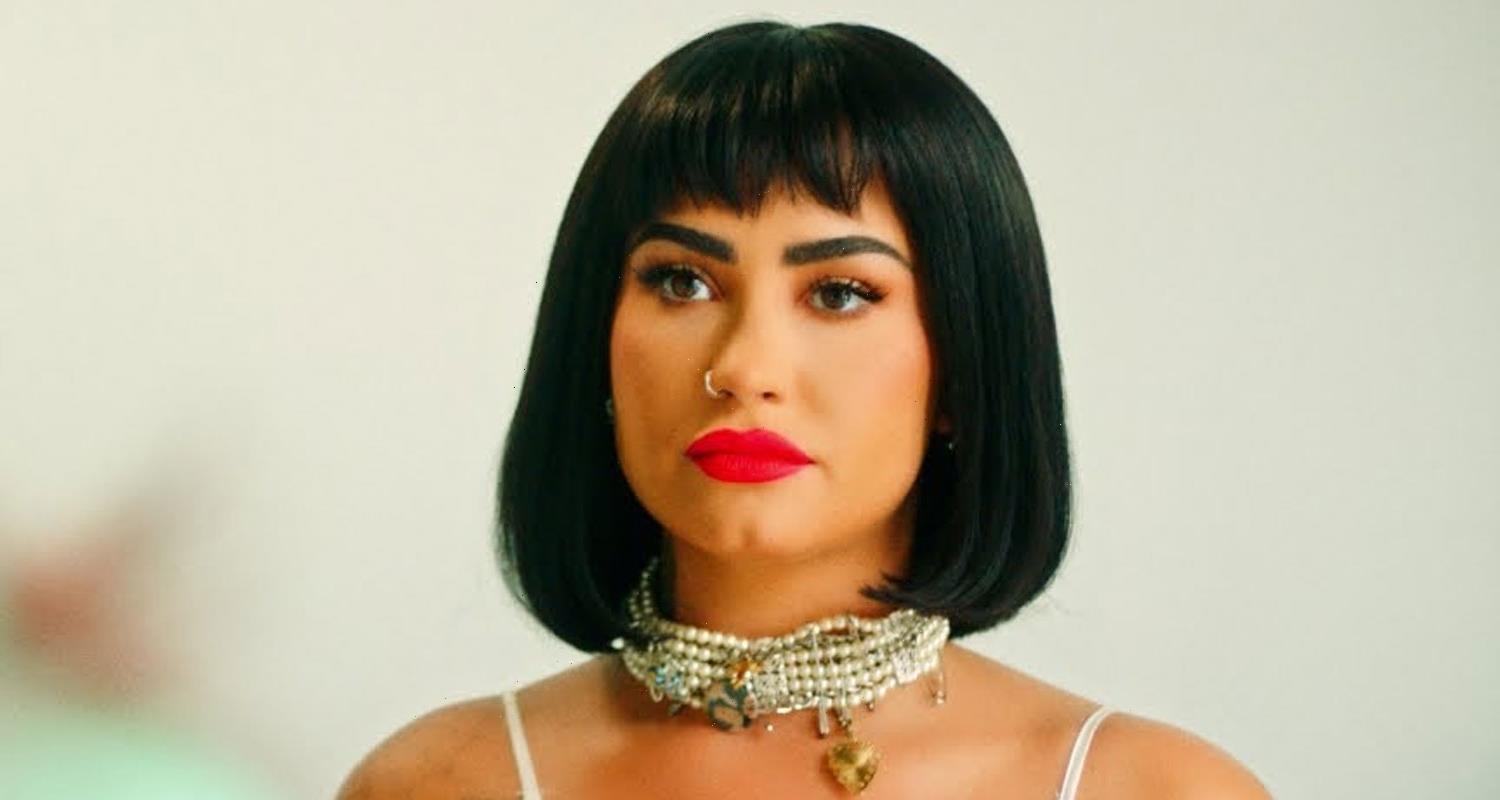RM, Jin, Suga, J-Hope, Jimin, V, and Jung Kook have officially been together as BTS since 2013, working tirelessly while becoming the biggest band in the world. The group recently announced it would be embarking on a new chapter together, one that, for now, places an emphasis on solo activities. Although individual members have released mixtapes or singles in the past, none have officially released a full-length solo album — until now.
At first glance, J-Hope can seem like the most light-hearted and upbeat member of BTS, a big smile perpetually on his face. But there’s a lot more than meets the eye. He’s the group’s lead dancer, but he’s also involved in the creative process for every BTS album. He puts extreme care into his craft, and he isn’t afraid to experiment.
Related Stories
BTS and Casetify Return for Fifth Partnership With 'Permission to Dance' Collection
More From BTS 'Yet to Come' with Disney Content Deal that Includes a Docuseries and Concert Film
Related Stories

RS Recommends: 5 Devices You Need to Set Up Your Smart Home
50 Best Action Movies of All Time
With his new album, Jack in the Box, J-Hope — born Jeong Hoseok — turns introspective, showing off a darker side to his persona, not to mention how multidimensional he is. With “More,” the album’s prerelease rock/hip-hop single, he surprised audiences and even bandmate RM with his approach. (The album title is a play on Pandora’s box, which also inspired his stage name.)
Talking to Rolling Stone in Korean, over Zoom, the 28-year-old dove into the creative process and what Jack in the Box means to him and his identity.
The whole world is about to hear Jack in the Box. How are you feeling?
It’s half nervousness, half excitement. Since I’m the first one to go solo, I feel a sense of responsibility and there’s definitely some pressure as well. Jack in the Box is filled only with things I personally wanted to do, almost to the point where I worry to myself, “Did I focus too much on solely what I wanted to do?” [Laughs.] I think that’s where the half nervousness comes from. This album is really meaningful to me, and mostly, I feel proud and excited it’s coming out.
Although BTS members have released mixtapes and singles in the past, you’re the first to release a full-length solo album. How did that decision come about?
Rather than thinking of an order of who would release first, while promoting as BTS, I kept asking myself the question “What type of music can I do as BTS’ J-Hope?” I am always asking myself that question, steadily coming up with a plan. I think by doing that, naturally, my [2018] mixtape Hope World came out … and from reflecting more, I realized I wanted to show more dancing, which you can consider as my main foundation. That led to the creation of [2019 solo single] “Chicken Noodle Soup,” which features more of that. I started to think that J-Hope needed to show more sincerity in music, and that’s what I focused on while approaching Jack in the Box. I think timing-wise, I ended up becoming the first because I was constantly preparing. I didn’t approach the project with wanting to be first in mind.
How long has Jack in the Box been in the making? You’ve mentioned in the past that you always have a plan, and in a recent V Live, you confirmed that the artwork for last year’s full version of “Blue Side” was somewhat of a spoiler for this album, with the jack-in-the-box illustration and the words “Pandora’s box.”
The jack-in-the-box concept is actually tied heavily into my stage name, so I think I’ve always had the idea in my back pocket. I’ve always felt the need to unveil music tied to jack in the box thematically for a long time. Pandora’s box is also an analogy for my name. “When can I release this? When can I make an album that includes these elements?” These questions were always in my head. I wanted to include spoilers of these themes in the artwork for “Blue Side,” and while discussing with the artist behind the work, I clearly stated that I wanted these elements included. That’s how systematic my approach was as I prepared the album and its tracks.
You’ve shown darker sides to yourself in tracks like “1Verse,” from 2015. Even with Hope World, although visually it may seem colorful, the lyrics show depth. How did you decide to visually go darker and heavier with “More” and the full album?
First off, how do you know “1verse”? [Laughs.]
I think it’s this: While being part of BTS for 10 years, I’ve experienced a lot. From that standpoint, of course there are stories I want to tell, and I realized that it could be tough to tell some of these stories through music with the existing image and vibe of J-Hope. I felt the need to show some of my darker aspects … and I think I really wanted to do something like this. I wanted people to realize that J-Hope isn’t limited to bright things. He can do these concepts and has a wide spectrum. I wanted to call attention to this ability by challenging myself. I didn’t think much of the future.
Just wholly focused on what I wanted to do, what I wanted to express, what I wanted to show. That was the focus, and Jack in the Box has those raw elements. When this album is “opened,” I am a little worried because it contains only what I wanted to do. [Smiles.] I’m very curious how people will react. But what I really want to say is that the album is filled with my soul and my sincerity. In that way, it’s a unique album, and the album is very meaningful because, in terms of musicality, it’s going to act as a stepping stone for J-Hope to go forward.
With the beats, you’re using more of that old-school hip-hop sound as a foundation; “What If…” even samples Ol’ Dirty Bastard’s “Shimmy Shimmy Ya.” What made you want to take the album in this direction?
When you hear the music, you’ll know, but that sound is my foundational base. The music I listened to when dancing [dances], the vibe that I had … that’s what I express in the music, and that’s what got included in Jack in the Box, going back to what I wanted to do, what I’m capable of, as my base. I think through that, it’s become more sincere, more J-Hope-esque, while visually, I’m able to show something very different. I think the album contains elements that are fun and engaging both visually and aurally. I think for fans, there are definitely elements that they’ll find very J-Hope-esque.
When “More” came out, some people were shocked. “J-Hope? J-Hope is doing music like this? Rock? Emo? Hip-hop? Emo-rock?” But I think if you listen to the album, you’ll start to realize there’s a clear reason why J-Hope chose music like this, why he chose this track, why he chose this line.
Jack in the Box features two title tracks, “More” and “Arson.” [In the Korean music industry, “title track” is often used to describe the lead track of an album, regardless of whether the track shares a title with the album.] You mentioned that you were surprised when “More” was chosen as one of them. How did you decide on “Arson” as the second title track?
As soon as I heard it, I felt like it was meant to be. I put everything I am able to convey and just most of my … my energy into this song. I chose it because I felt like the song’s style shows the zenith of J-Hope’s emotions. “Arson” is a song that feels like a turning point and crossroads. It has the fire, the passion that I wanted this album to possess. The song is also last on the track list. One of the reasons for this is I found that this song nicely packages up my thoughts behind why I created this album. The track acts as a period at the end of a sentence, and clearly straightens out what I wanted to express with this album.
You had shared that the members of BTS were all with you when “More” was released. Have the members heard the full album? Do they have any favorites?
The first person I shared the album with … it’s always the same for me. I always share with RM first. I could have also shared it with Suga, but he likes to be very respectful of the process. He told me, “I’ll listen to it when it comes out.” He always says that to me. There’s a bit of shock and motivation that comes after hearing that. “When it gets released, I’ll look it up and listen to it then.” So I let RM hear it first … and after that was Jung Kook. For the other members, I showed them the title songs, but not the full album.
When RM heard the album, he said, “Wow, I didn’t think you’d do music like this. I have a bit of a brain freeze.” [Smiles.] “And it’s so you. The fact that you brought this music at this time.… I really respect it, and I love that it’s so you.” He gave me that feedback.
For Jung Kook, it was really funny. After hearing the album, he suddenly went to his studio. [Laughs]. I think he felt the motivation to start. I love that one of our greatest motivators is one another. I’m like that myself. When one of my members is doing a certain type of music or working on an album, I see their individuality and color, and think to myself, “I have my own color, too. I want to reveal mine, too.” We influence each other positively and are good motivators to one another.
When “More” came out, we were all together for work. [Smiles.] They were very surprised by the strong visual direction, that J-Hope did this type of music.… They were surprised.
And of course, congratulations on Lollapalooza. You’re the first South Korean artist to headline a major U.S. festival, which is huge news! How did you react when you heard about it?
It’s such a huge honor to be invited to such a big festival, and to be a headliner, too. If you’ve heard “More,” and when you listen to Jack in the Box, you’ll realize clearly why I said OK to Lollapalooza and chose to participate. I really want to show my musicality, and wanted to show J-Hope’s live [show] to a big audience. While practicing, I’m used to performing as BTS’ J-Hope, one of seven. Now that I’m trying to fill an hourlong setlist alone, I’m realizing that it is tough. [Smiles.] I feel the need to really focus and be detail-oriented as I check things off. That’s the headspace I am in as I prepare these days.
It might seem haughty or like a reckless challenge, but even that, it just depends on how you want to perceive it. There’s a lot to learn, and I’m stepping up to the challenge. I would love to give some spoilers, but I think it would be best to be there in person to see. I’m going to show musicality the way I did with Jack in the Box, but not only that, there will also be elements of the J-Hope image expressed.… That is my not-so-spoiler-like spoiler.
You’ve said that you learn something new and mature with each album. What did you learn with Jack in the Box?
I think it’s a little early for me to say. I like to steadily listen to it. When something comes out, I like to listen to it consistently and steadily gather feedback. With this album, I’ve asked many people for feedback. There’s a lot of things I start to realize from getting the feedback. I’m doing a listening party with artists and industry people to enjoy the music together. One of the reasons for this is to show them “J-Hope is doing this type of music. What do you think of it?” To get that feedback and take it in, and to improve.
I think, right now, it’s too early to say what I’ve learned. I think at the end of July or maybe early August, I’ll have a clearer picture of what my learnings are. This is now the start. This is the start of everything I wanted to challenge myself with and show with Jack in the Box, so I think going forward, there will be more for me to process.
Source: Read Full Article


